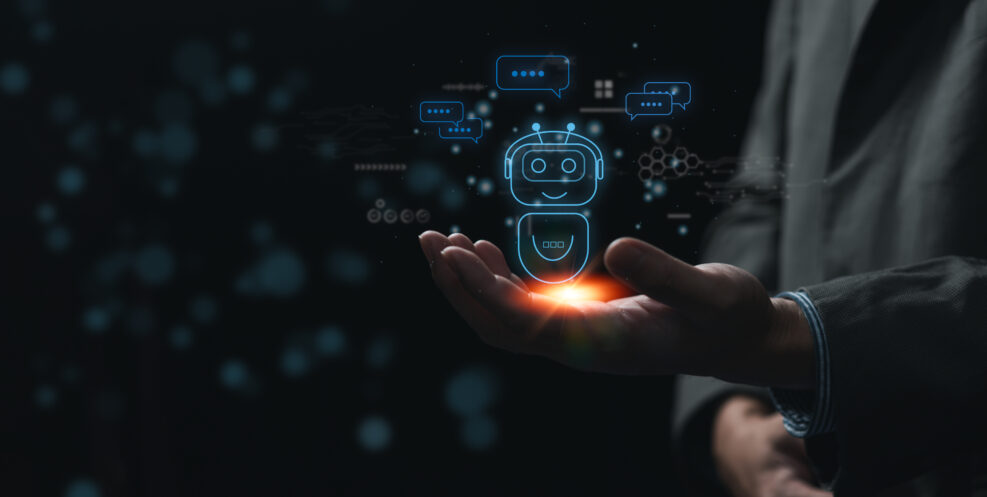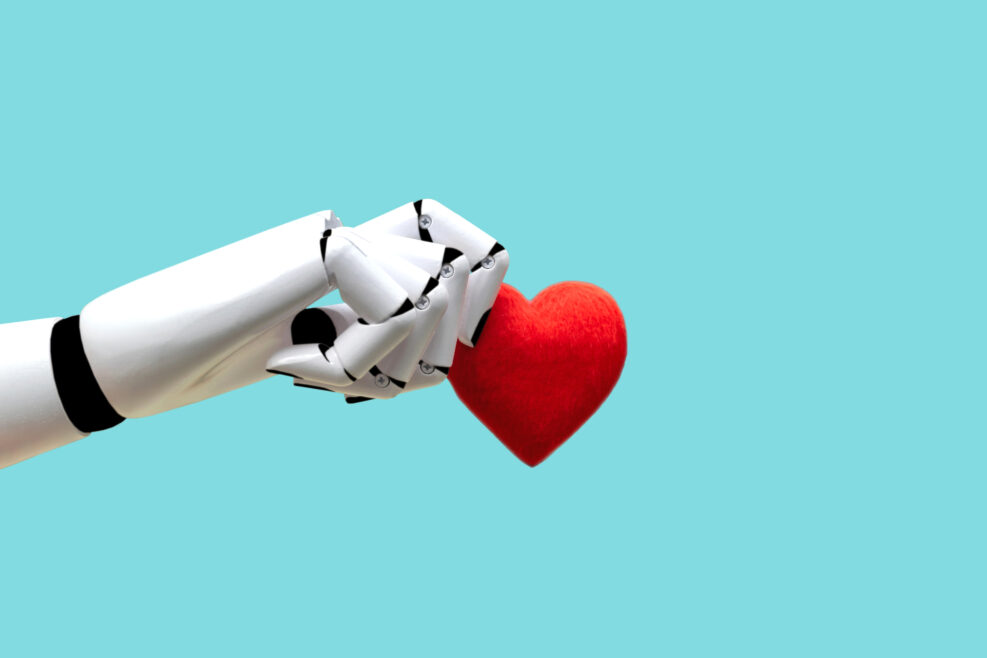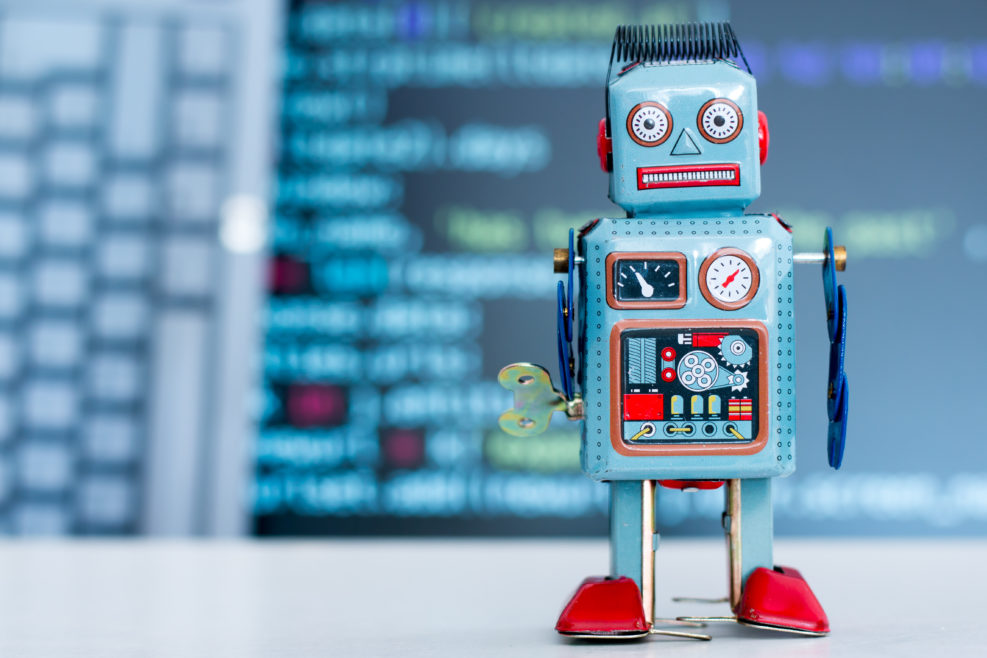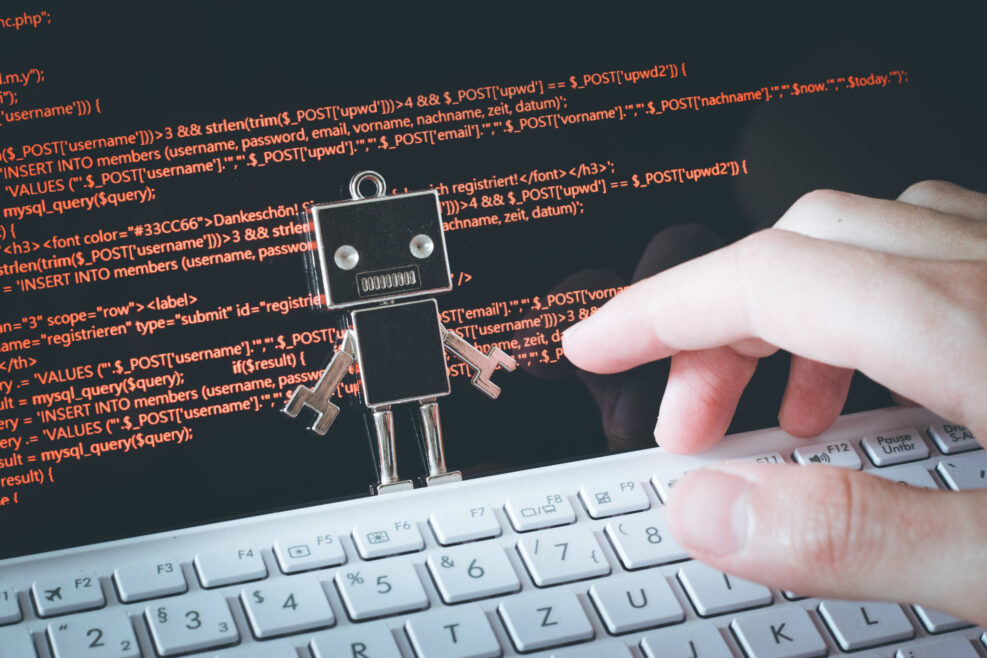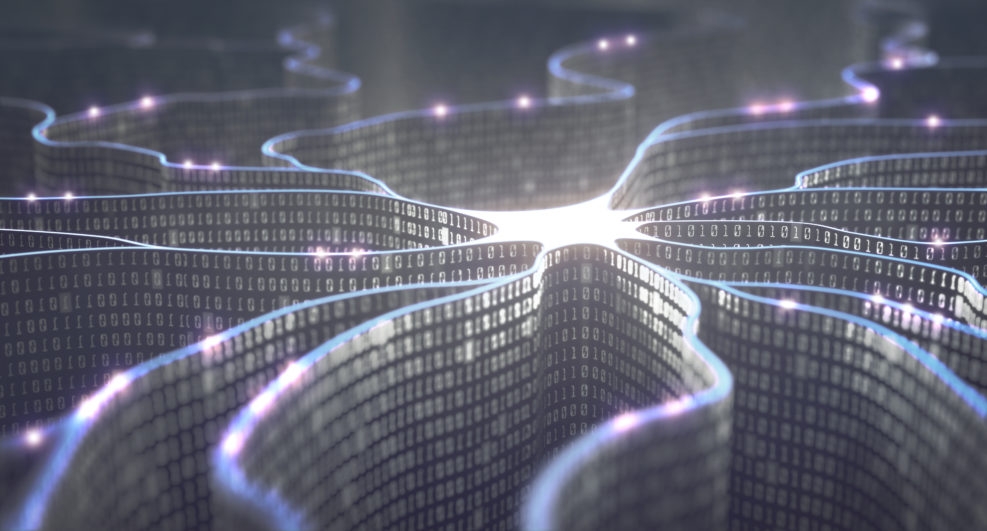
Observing and Communing
What human art and literature do that AI can'tAI image generators like Midjourney or DALL-E are generally adept at capturing the accuracy of the human form. The concerns over copyright, job infringement, and general degradation of the visual arts via such AI are ongoing concerns for many artists and practitioners. However, a new New Yorker article by Kyle Chayka identifies a noticeable flaw in AI artwork: human hands. Missing the Big Picture Chayka begins by recalling an art class where he was asked to draw his own hand. It’s an assignment for beginners, and as behooves a novice, tempts the artist to focus more on the specific contours of the hand instead of the overall structure and form. The forest gets lost in the trees, so to speak. Read More ›



